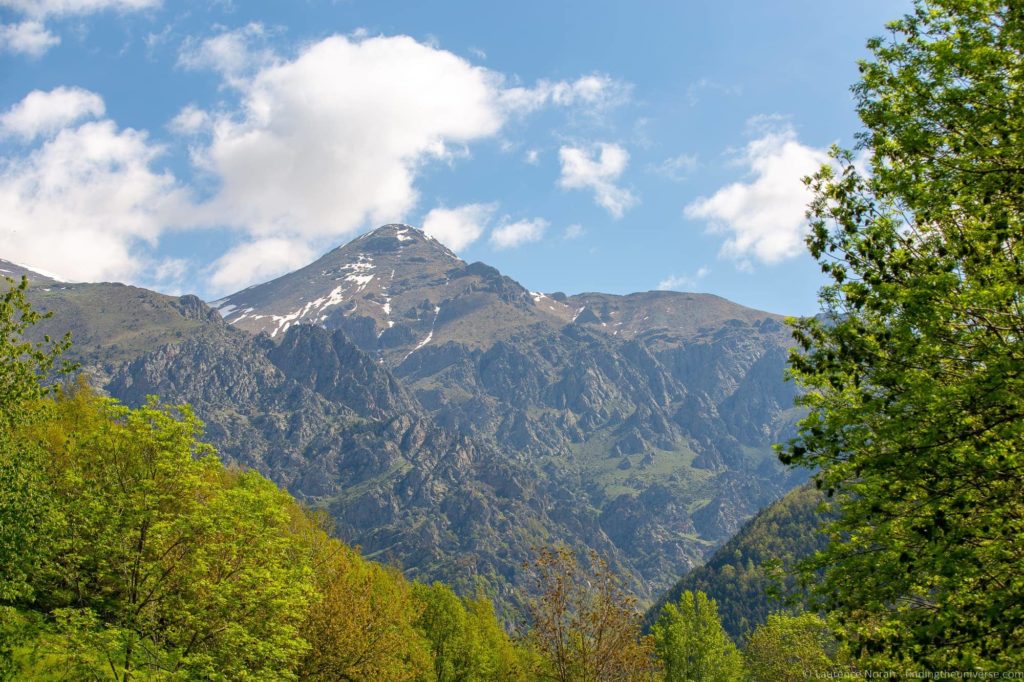 Ripolles is a bit over 2 hours from Cruilles. So you could manage it in a day trip if you wanted, or spend the night. It is inland, so likely to be cooler than at the beach and could be fun! Click through to the blog post, it is extremely comprehensive.
Ripolles is a bit over 2 hours from Cruilles. So you could manage it in a day trip if you wanted, or spend the night. It is inland, so likely to be cooler than at the beach and could be fun! Click through to the blog post, it is extremely comprehensive.
What to do in Ripolles.
What to do in El Ripolles, Girona
In today’s post we’re going to be talking about what to do in El Ripollès, a region of Catalonia in Spain found in the gorgeous Pyrenees mountains. It’s also often referred to just as Ripollès.
Whilst the province of Girona is well known to visitors for its Costa Brava coastline, which offers beaches and coastal activities, the visitor who heads a little inland will find themselves rewarded for their efforts with medieval towns, spectacular mountain scenery, a wide range of cultural attractions and a variety of active holiday options. It’s just a short drive from both Barcelona and Girona to this mountainous region.
We started our series to help you explore this part of the Spanish Pyrenees with a guide to what to do in La Cerdanya. El Ripollès is the next region along, sitting to the east of La Cerdanya, in Catalonia. You’ll find this area in northeastern Spain not far from France.
We’ve also written a guide to the third region, La Garrotxa, plus you can also read a general overview to this whole region in our guide to visiting the Spanish Pyrenees. Between these posts you should be able to put together a comprehensive plan for visiting the area!
Visit the Monastery of Santa Maria
One of the definite highlights of the region is the Monastery of Santa Maria, found in the town of Ripoll, the capital of the Ripollès region.
This monastery dates from 888, and as with many of the churches and other buildings in the area, it was built in the Romanesque style. This was an architectural style popular in medieval Europe up until around the 12th century, when it started to be replaced by the Gothic style.
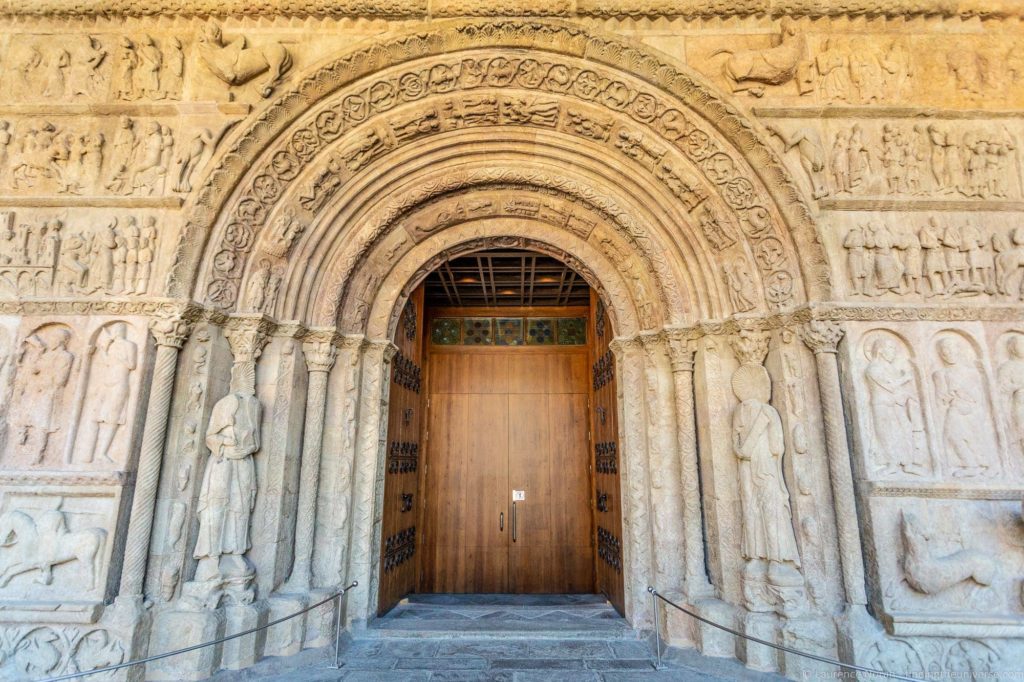
Whilst the majority of the monastery as it exists today dates from the 19th century, following a fire which damaged much of the building, the entry portal is largely original, and it today regarded as one of the most important pieces of surviving Romanesque sculpture, and seeing this artwork is the reason that most visitors come.
Of course, there is a lot more to see than the impressive portal, with cloisters, the church interior and an impressive mosaic floor just some of the highlights. There is also a museum / exhibition here. There’s a fee to visit, and there’s also a portable video / audio guide device on offer to help make your visit more informative.
Learn about the People and Culture of the Region at the Ethnographic Museum
If you’re interest in the history and culture of the region has been piqued by talk of monasteries dating from the 9th century, you are definitely going to want to head over to the Ethnographic Museum in Ripoll. This is just across the square from the monastery, and we recommend visiting them together.
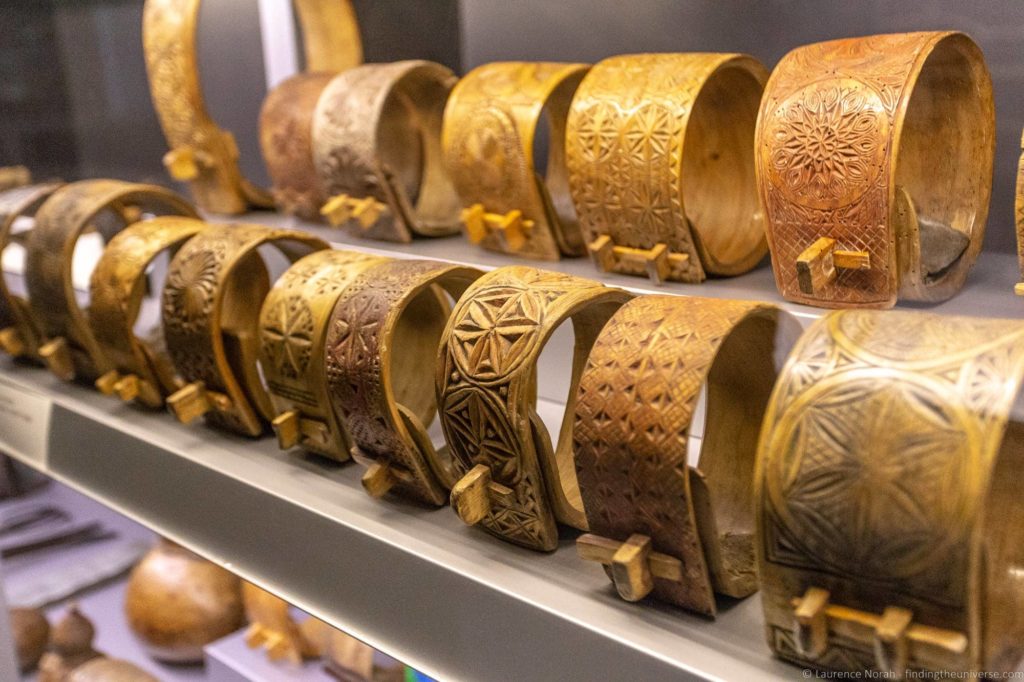
The Ethnographic Museum of Ripoll was the first Catalan museum dedicated to ethnography, or the study of people and cultures. Originally this museum was actually housed in the attic of the Monastery of Santa Maria, however an ever-growing collection required a larger storage space, and in 2011 the museum opened its doors in its new location.
Inside you can go on a journey through the history of the region and its people, learning about cultures and customs through the ages. It’s an absolutely fascinating place, well worth the visit.
As well as the museum, there is also the Scriptorium, an interactive exhibition where you can learn about the medieval manuscripts created by the monastery. You can also try your hand at creating your own manuscript! The Scriptorium has limited hours, please check hours ahead of time if you want to visit on the official website.
Explore St Joan de les Abadesses
Just a few miles from Ripoll is the town of St. Joan de les Abadesses. This town was founded by Wilfred the Hairy in 887 – the same chap who founded the Monastery in Ripoll, and who played a key role in the creation of the Catalan cultural identity.
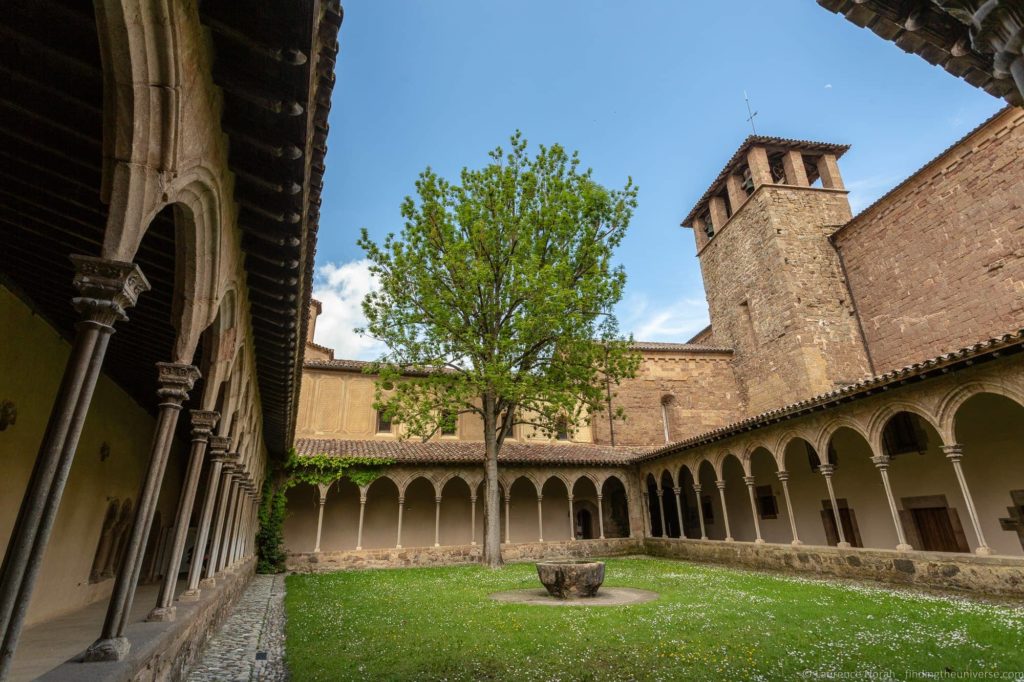
The town started as a monastery, the Monastery of Sant Joan de les Abadesses, and was originally created as a female monastery – the only one in the area.
This monastery still stands, although has been restored and added to over the years, and it makes for a good starting point for a visit to the town. As well as a tour of the monasteries Romanesque church, which is home to a number of important sculptures and artworks, you can walk the cloisters, which are in a Gothic style. Next door there is also a palace, which serves as both the towns visitor center and also an art/ museum with various exhibits.
As well as the monastery the town has a number of other interesting features, including a beautiful stone bridge, remains of the town wall, and what is left of the church of Sant Joanipal, which consists of a Romanesque apse and portico.
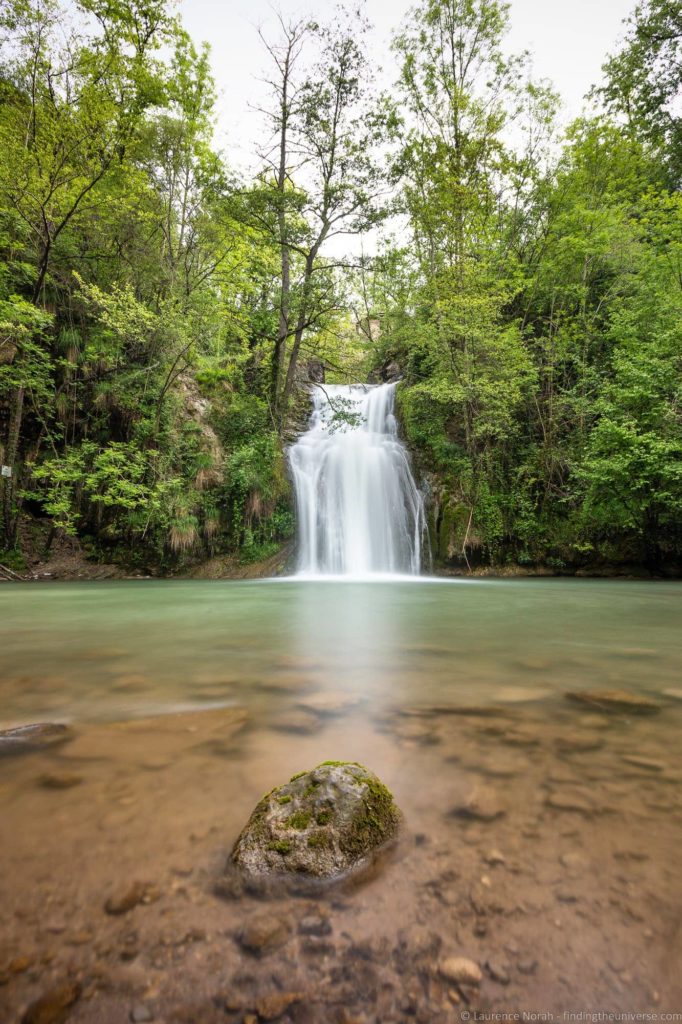
Just a little way outside of town, if you want a short hike, is the Gorg de la Malatosca, home to a beautiful waterfall that is well worth the effort to get down to (it’s about a 20 minute walk from the town center).
Take a Pilgrimage to the Vall de Núria
The spectacular Vall de Núria is also found within the El Ripollès region. This has long been a place of pilgrimage, but is also a wonderful spot for skiing, hiking, and other outdoor activities.
We’ve visited a number of times, for skiing in winter and just to enjoy the gorgeous scenery in summer, and we can highly recommend taking between half a day and a day to come visit.
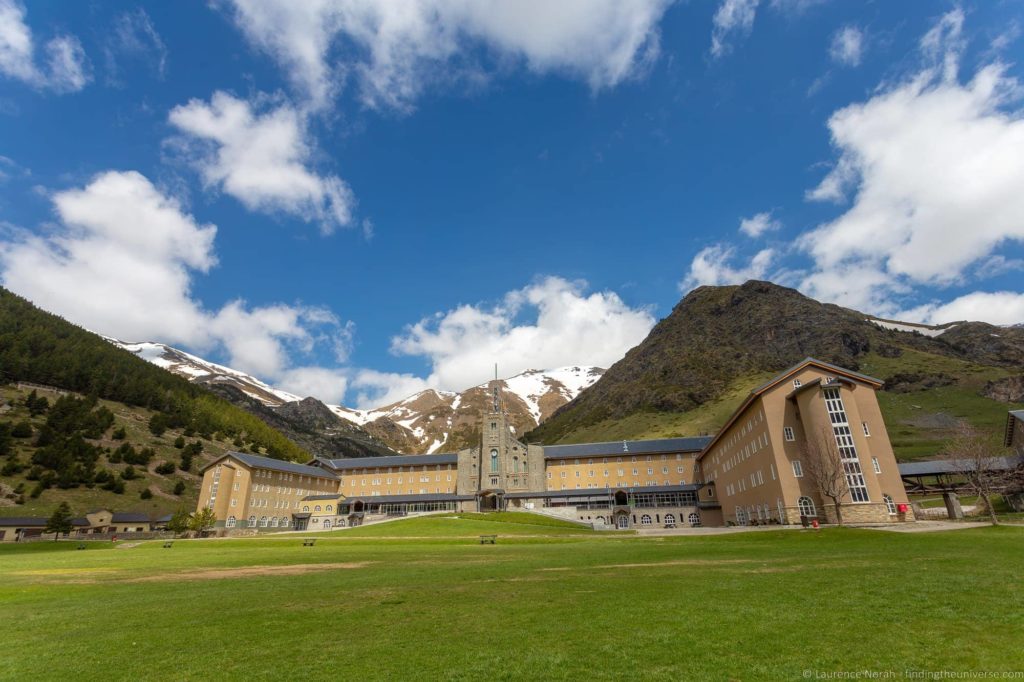
The Vall de Núria can be reached either on foot or by rack-railway from the towns of Ribes de Freser or Queralbs. There’s no vehicle access.
A popular option is to take the train up, parking in one of the towns, and then hiking back down, although of course you can take the train both ways. This is quite a unique experience, as the train goes up quite a steep incline, and the views along the route are really incredible.
In the valley itself, the train stops at the main mountain resort building, which is a multi-purpose facility offering everything from restaurants to equipment hire to accommodation. In winter, this is the main hub for skiing and other winter outdoor activities, including snowshoeing. In the summer, you can hire boats to paddle around the reservoir or head off on one of the hiking paths.
There are a number of sights in the valley of interest, many of which that have been attracting pilgrims for centuries. The Virgin of Núria is one of the main highlights, a 12th century Romanesque statue of the Virgin Mary which can be found at the shrine of Núria. She is the patron saint of the Pyrenees, and is said to have the gift of fertility – with many couples making the journey up to the shrine!
This shrine is found in the Hermitage of Saint Giles, a 17th century chapel that is about a five minute walk from the main complex. This is also on the walking route out of the valley. There are also a number of viewpoints around the valley that are good to walk to – in particular, at the south end of the valley is the “Mirador de la Vall de Núria”, which offers excellent views of the railway coming up into the valley as well as of the valley itself.
Now, let’s get started with our guide to visiting El Ripollès, starting with an overview of what to do in this region.

Recent Comments